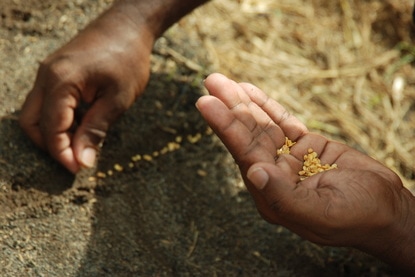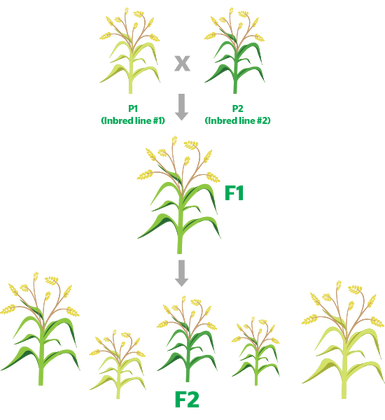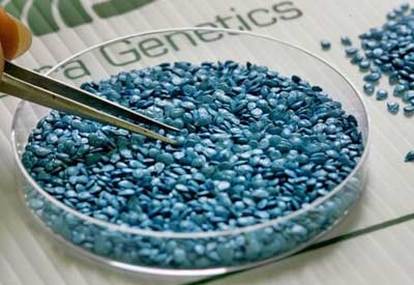Good Market Info > Sri Lanka > Organic > Seed & Planting Material Guide
Open-pollination is when pollination occurs by insect, bird, wind, humans, or other natural mechanisms. Open-pollinated plants are more genetically diverse. This can cause a greater amount of variation within plant populations, which allows plants to slowly adapt to local growing conditions and climate year-to-year.
Over hundreds and hundreds of years, Sri Lankan farmers used natural breeding techniques to select and save seed. They developed thousands of varieties of rice, yams, vegetables, and other crops that are well adapted to local environmental conditions, health requirements, and taste preferences.
Open-pollinated seeds grow well in organic conditions and they can be saved from year to year to help farmers adapt to climate change.

The F1 plant is bred for specific traits. The first generation tends to grow better and produce higher yields than the parent varieties. This is called “hybrid vigor.” This only lasts for a single generation.
The seed produced by F1 plants is genetically unstable and cannot be saved for future use. Farmers have to purchase new seed every year, which creates dependence on seed companies.
Hybrid varieties are just as natural as open-pollinated varieties. They are created by cross-pollinating two plants from the same species. However, they do create some challenges for organic agriculture. Most hybrid seeds are bred to respond to agrichemicals. They do not grow well in organic conditions. Using hybrid seed reduces genetic diversity, which can make the entire crop more susceptible to pests and disease.
The use of hybrid seeds has also disrupted the traditional cycle of seed saving. Many of the traditional varieties that were well adapted to organic conditions and the local environment are now gone. This loss of genetic diversity reduces our ability to respond to changing climatic conditions.


It is very expensive to develop GM varieties and most of the seed is patented.
The companies that develop the seed have focused on major commodities: corn, soy, canola, sugarbeet, and cotton. There is also a GM papaya variety. Most of these GM crops are grown in the United States and are used in processed food or animal feed.
Farmers usually have to sign an agreement to use the seed, and they can be taken to court if they save seed. For some crops that are pollinated by wind, GM crops have contaminated non-GM varieties.
GM seed is not commercially available in Sri Lanka, but there is imported food that contains GM ingredients in Sri Lankan supermarkets. GM labeling is not required in the United States. All commodities are mixed together, and more than 86% of the corn supply, 93% of the soy supply, and 87% of the canola supply in the United States is GM.
Many of the food additives in processed foods are made from these GM products (e.g. soy lecithin, modified food starch, high fructose corn syrup, dextrose, glucose, hydrogenated vegetable oil, etc). Imported processed foods and processed foods made with imported food additives are likely to have genetically modified ingredients.